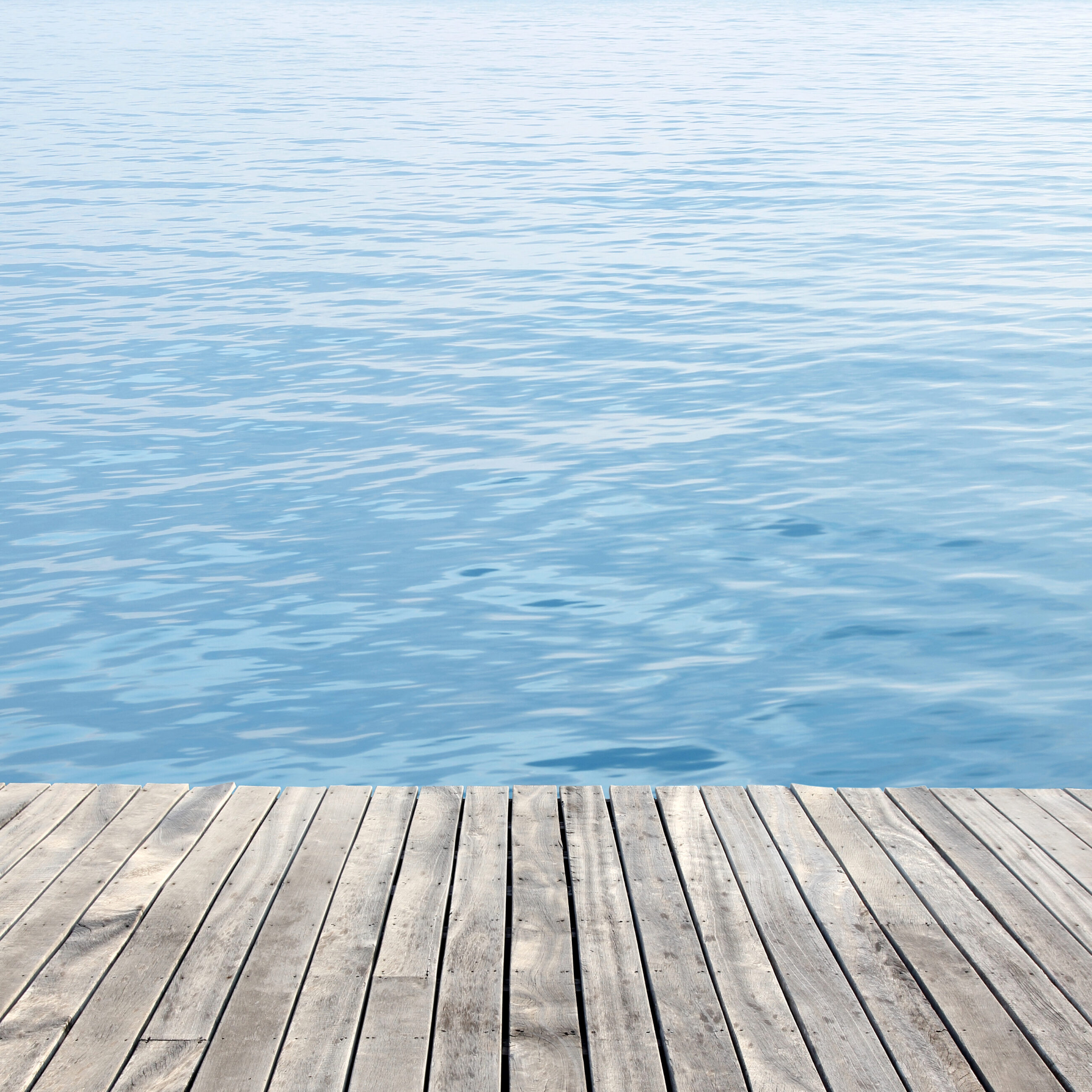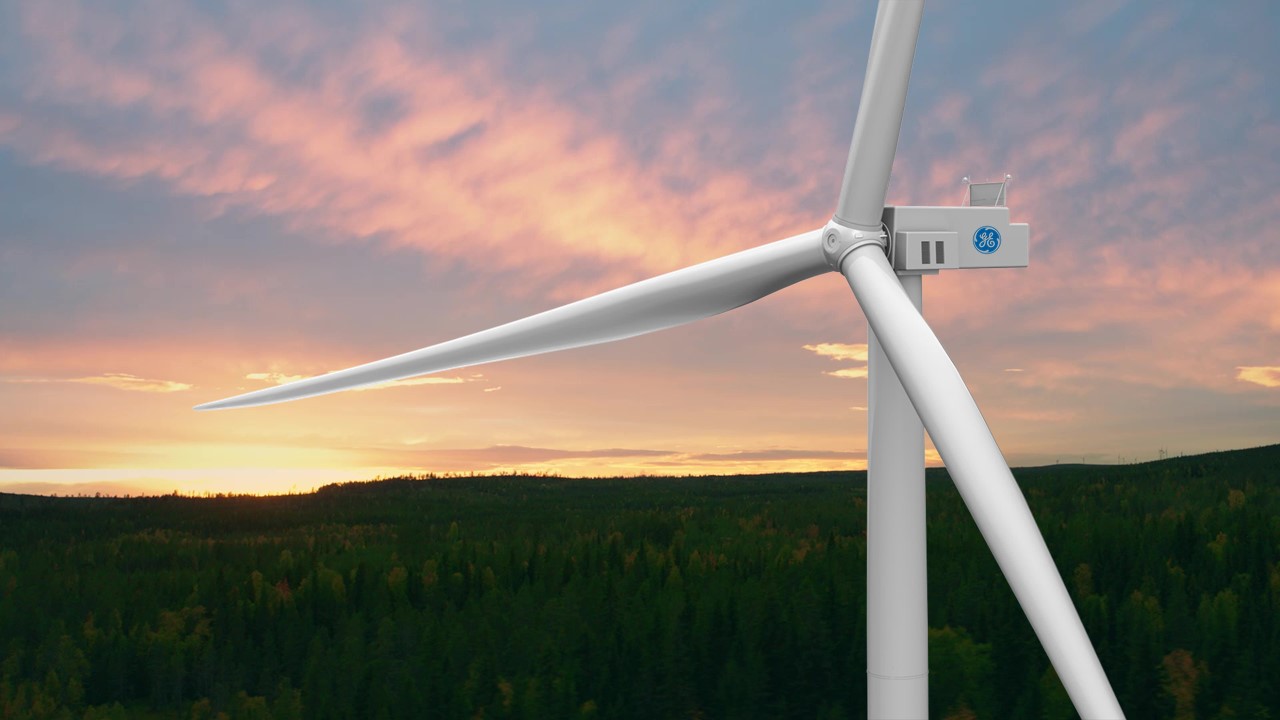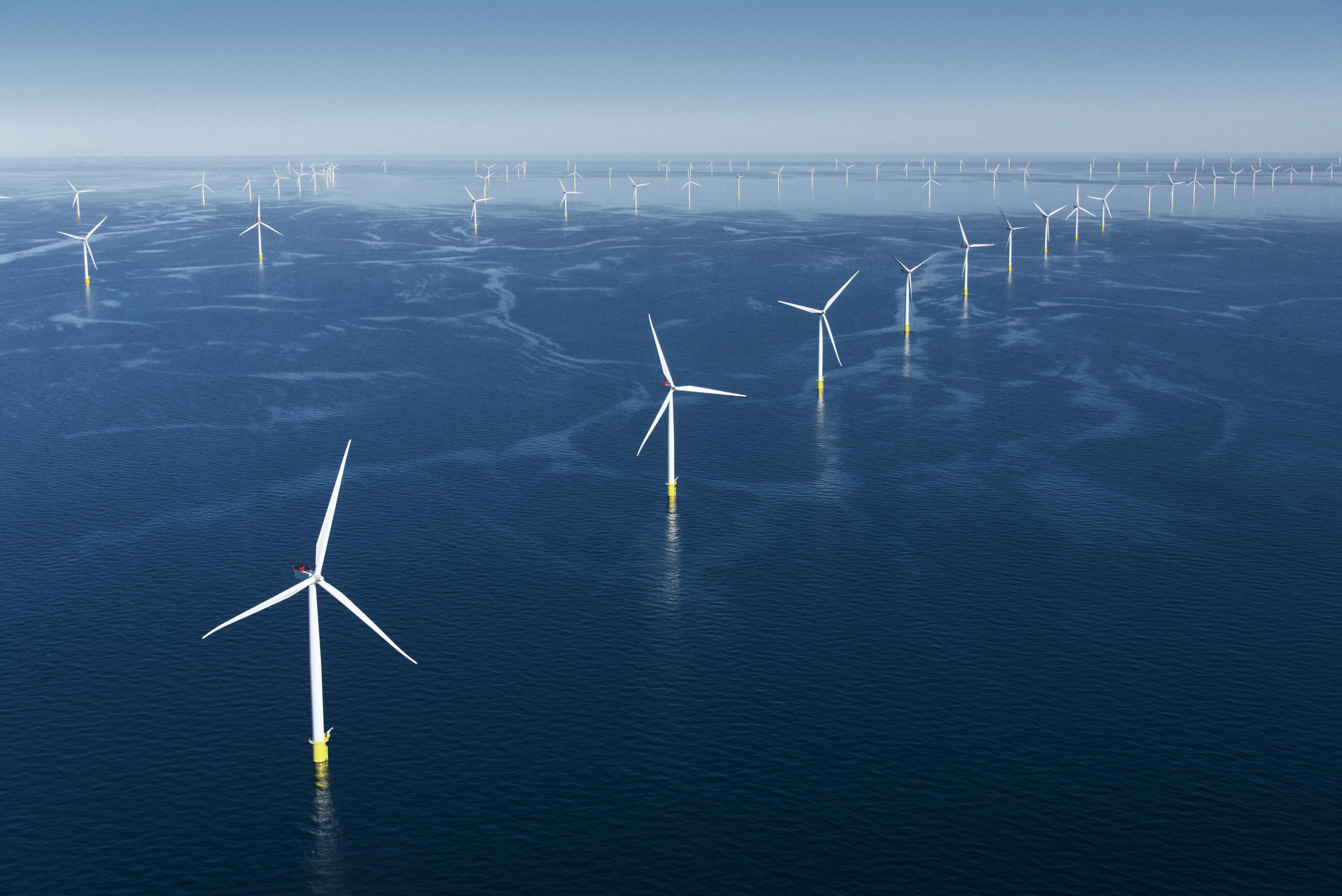News
Wind energy
“If we succeed, Europe will have the most encompassing set of laws and regulations covering the green transition”


In December 2020, the European Union committed to a historic climate target. BY 2030, the Union is set to reduce greenhouse gas emissions by 55 per cent on their path towards climate neutrality in 2050. To reach the target, member states will have to deploy several green and sustainable technologies within the areas of both energy, water, waste, environment and cities. One of the major potentials lie in the deployment of offshore wind energy. The EU target is to install 300 GW by 2050.
On 15 April, Wind Denmark, The Danish Ministry of Foreign Affairs, the Danish Energy Industries Federation, Danish Energy and State of Green hosted 120 virtual guests for a discussion on the main challenges and hurdles around deploying offshore wind in Europe.
Member of the European Parliament and Chief Negotiator on the European offshore renewable energy strategy, Morten Helveg Petersen, opened the session with a European stock-taking and the recent Green Deal:
“If we succeed – and we shall and will succeed – over the next couple of years, Europe will end up having the most encompassing set of laws and regulations covering the green transition”, said Helveg Petersen. Besides wind, he further underscored the Green Deal’s scope and level of ambitions, which will – if fully implemented – lead Europe to becoming the only continent with such unified, broad green agenda.
Following Helveg Petersen’s remarks, Hanne Storm Edlefsen, Vice President for Strategic Planning at Energinet, gave a case presentation on hybrid projects and wind power hubs in the North and Baltic seas.
When looking at the offshore wind potential in EU, Hanne Storm Edlefsen highlighted that we only need 3% of the space at sea in Europe to get to the needed offshore renewables by 2050. This, however, stills entail a 30-times growth from current levels. After focussing on getting production of renewables up-and-running and fit for commercial markets in the first part of the transition, the second half will focus on the demand side and sharing of energy sources, as Hanne relayed; “here, especially hybrid projects, such as Denmark’s upcoming Energy Islands, are a crucial tool”.
To discuss the presentations in detail, representatives from Ørsted, Siemens Gamesa, Copenhagen Infrastructure Partners and Equinor concluded the event by debating regulations and opportunities for collaboration across the European borders.
The event was moderated by Jan Hylleberg, CEO, Wind Denmark while Viktoriya Kerelska, Head of Advocacy & Messaging at Wind Europe, gave the closing remarks.
You may re-visit or watch the full discussion here: https://www.youtube.com/watch?v=f1WitxgzEHA
Photo by Reegan Fraser on Unsplash















